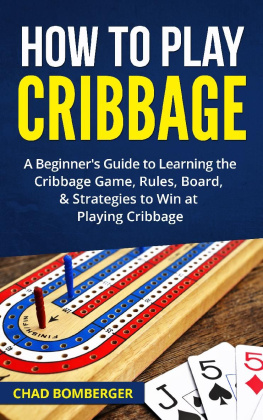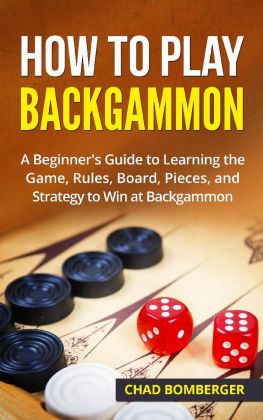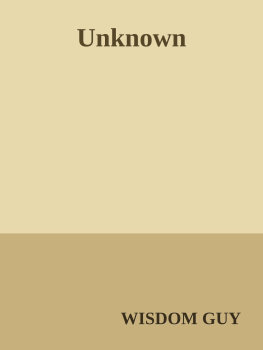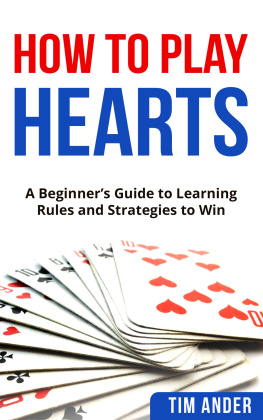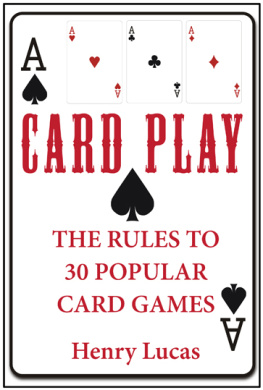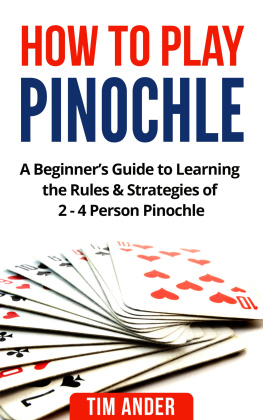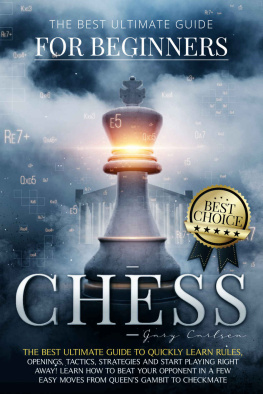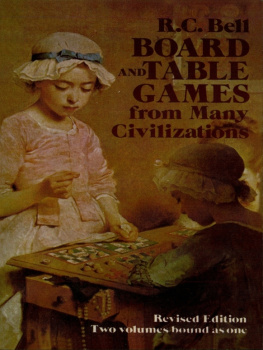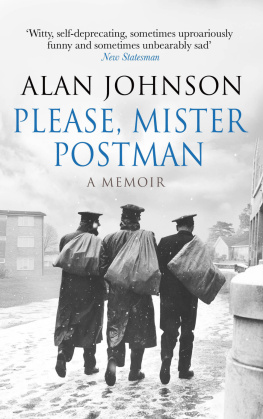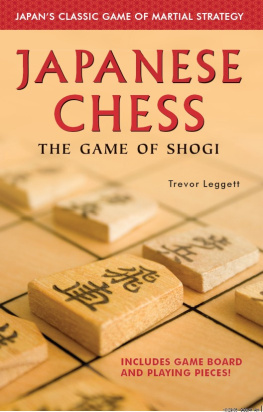TABLE OF CONTENTS
How to Play Cribbage:
A Beginners Guide to Learning the Cribbage Game, Rules, Board, & Strategies to Win at Playing Cribbage
Copyright 2017 - All rights reserved.
In no way is it legal to reproduce, duplicate, or transmit any part of this document in either electronic means or in printed format. Recording of this publication is strictly prohibited and any storage of this document is not allowed unless with written permission from the publisher. All rights reserved.
The information provided herein is stated to be truthful and consistent, in that any liability, in terms of inattention or otherwise, by any usage or abuse of any policies, processes, or directions contained within is the solitary and utter responsibility of the recipient reader. Under no circumstances will any legal responsibility or blame be held against the publisher for any reparation, damages, or monetary loss due to the information herein, either directly or indirectly.
Respective authors own all copyrights not held by the publisher.
Legal Notice:
This book is copyright protected. This is only for personal use. You cannot amend, distribute, sell, use, quote or paraphrase any part or the content within this book without the consent of the author or copyright owner. Legal action will be pursued if this is breached.
Disclaimer Notice:
Please note the information contained within this document is for educational and entertainment purposes only. Every attempt has been made to provide accurate, up to date and reliable complete information. No warranties of any kind are expressed or implied. Readers acknowledge that the author is not engaging in the rendering of legal, financial, medical or professional advice.
By reading this document, the reader agrees that under no circumstances are we responsible for any losses, direct or indirect, which are incurred as a result of the use of information contained within this document, including, but not limited to, errors, omissions, or inaccuracies.
Table of Contents
INTRODUCTION
WHAT IS CRIBBAGE?
CRIBBAGE, OR CRIB AS IT is sometimes known as, is a card game, traditionally for two players, but can also be played by three, four or more. It involves playing and grouping cards in combinations which will score points. It uses a distinct board to keep track of the score, has two scoring phases and a unique scoring system, which gives points for cards which total fifteen, for pairs, triples, runs and flushes.
HISTORY
I will not love one minute more, I swear!
No, not a minute! Not a sigh or tear
Thou gettst from me, or one kind look again,
Though thou shouldst court me tot, and wouldst begin.
I will not think of thee but as men do
Of debts and sins; and then Ill curse thee too.
For thy sake woman shall be now to me
Less welcome than at midnight ghosts shall be.
Ill hate so perfectly that it shall be
Treason to love that man that loves a she.
Nay, I will hate the very good, I swear,
Thats in thy sex, because it doth lie there, -
Their very virtue, grace, discourse, and wit,
And all for thee! What, wilt thou love me yet?
Love turned to hatred, by John Suckling
Cribbage was invented in the 1630s by Sir John Suckling, a poet. He was also a famous courtier and gambler. His invention was an alteration of an earlier game, named noddy. The main alteration was the invention of the crib. Cribbage became popular with sailors and was a popular pastime in the navy during the second world war. It became especially popular among American submarines patrolling for Japanese ships.
The cribbage board predates the game of cribbage and was used in other games. Legend has it that in 1943 and incident happened aboard the Navy submarine, the USS Wahoo. The Wahoo was on its fourth war patrol and been ordered to go to the extreme northern reaches of the Yellow sea. No sub had ever gone here before. There are shallow waters near the Dairen Peninsula and a lot of the crew were growing nervous as thy moved towards this dangerous territory.
Dudley Mush Morton was subs commander and Richard Dick OKane was the executive officer on board. They decided to try and ease some of the tension among the crew, on this difficult voyage. They began a game of cribbage. Morton dealt OKane four fives and a jack; a perfect hand in cribbage. This hand gives the highest possible score for any combination of cards in the deck.
Someone grabbed some paper and a pencil and did some quick calculations. It was discovered that the odds of being dealt this hand were 216,000 to 1. An occurrence that may never happen in the lifetime of the average cribbage player. The crew was astonished and felt blessed to have such a lucky man on board the ship. OKane had his crew members sign the cards and he framed them, hanging the good luck omen on the wall.
Admiral OKane went on to have the distinction of participating in more successful attacks on Japanese ships than any of his peers, during the war. The patrol in the lucky submarine survived their endeavor into the rocky waters and at the end of its life, the Wahoo set a record for sinking the most ships during the war. OKane went on to have a lot of luck in all aspects of the war, becoming one of the most renowned captains to sail, breaking records wherever he went. Although he was captured by the Japanese, during the war, he survived the war and was awarded the Medal of Honour for his daring feats during his submarines final operations.
OKanes lucky cribbage board has become an important tradition among submarine crews and captains. Since the Second World War, it has been passed constantly along to the oldest active submarine in the fleet, being passed to the next when the current submarine is decommissioned. It is currently housed on the USS Bremerton, which set sail in 1978.
HOW TO PLAY
THE BASICS
CRIBBAGE IS USUALLY PLAYED WITH two people, though it can be played with three, and with four players, splitting four players into two teams of two players each.
Cribbage uses a standard deck of 52 cards. The cards are ranked from Ace, which is considered low, to King, which is the highest card. The ace counts as a 1, the number cards count for their displayed number, and the face cards (Jack, Queen, and King), count as 10.
Cribbage is also played with a board. These boards come in many shapes and forms and we will talk a little more in depth about them later. All we need to know, for now, is that a cribbage board has two or three rows of 121 holes. The board comes with pegs which can be used to track the score. The pegs come in pairs, with each pair a different color.
The aim of the game is to score 121 points before your opponent.
THE START
For the purpose of the guide, I will be talking about a two player game and will delve into three and four player games later. To decide who will start the game, both players should cut the deck, with the player who cut the highest card gaining the advantage. If the same rank of the card is cut, then shuffle the deck and cut again.
Both players should choose which pegs they are going to use for scoring and either has them in front of them or if there is space on the board for starting pegs, insert them into the holes.
The player who cut the lowest card deals. The deal then alternates between the players. The dealer should shuffle the cards well and offer the deck to their opponent, for the opponent to cut the cards and take away any notion of cheating. The dealer should deal, with the first card going to their opponent, six cards to each player, face down.
Once the cards are dealt, the dealer places the deck in-between the players. Players should then choose their four best cards to make up their hands and discard two cards into the crib. The crib will now have four cards. The crib belongs to the dealer and is left face down until the end of the hand. Once the hands have been chosen, the dealer will flip the top card of the deck face up, to complete the three hands. This card becomes a part of the dealers hand, the nondealers hand, and the crib.

